Tips for driving in Germany and Austria with the BMW 1 Series
16 Oct 2019|11,101 views
I thoroughly enjoy road trips and being behind the wheel driving long-distance. So the appeal of the autobahn and driving in Europe is one that many assume I have done many times.
Unfortunately, I have not. But when test driving the BMW 1 Series, we took it from Munich in Germany, to Tyrol in Austria. I had a pretty good opportunity to taste the open, unrestricted autobahn for a good amount of time, plus some roads that snake around the Alps.
And I learnt a thing or two about driving fast on the famed highway behind the wheel of BMW's all new hatchback. Here's some tips to survive a driving through the autobahn and B-roads in Germany and Austria.
1. Follow the speed limit
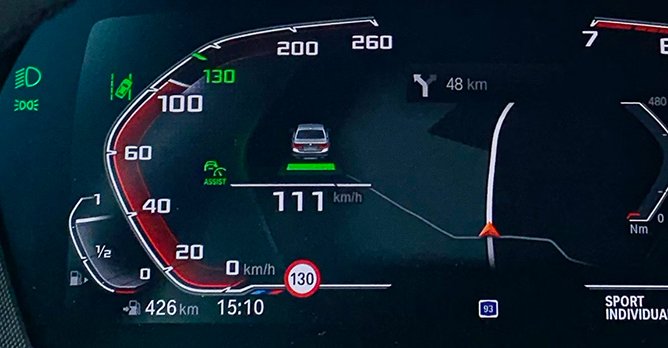
But speed limits can change very quickly. You can be maxing out at 250km/h (not a hard task for the M135i) for a few kilometres, but upon reaching busy intersections speeds can be reduced down to 80km/h.
Plus, speed limits can change during certain times of the day. This is indicated via electronic road signs. In all, there's no reason to break the speed limit in such areas, as there will be plenty of sections where you can do whatever speed you wish.
2. Keep right!
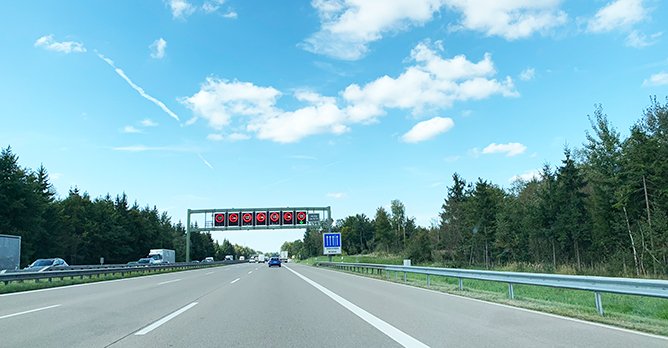
In Germany, it is understood that the left-most lane is only used for overtaking. This means that even if you're trying to break the sound barrier, you don't do it in the overtaking lane when other lanes are empty.
The overtaking lane isn't a righteous path for fast cars. It is a simple rule that everyone respects, and it makes driving long distances a painless and relaxing affair.
3. You can use the shoulder, too
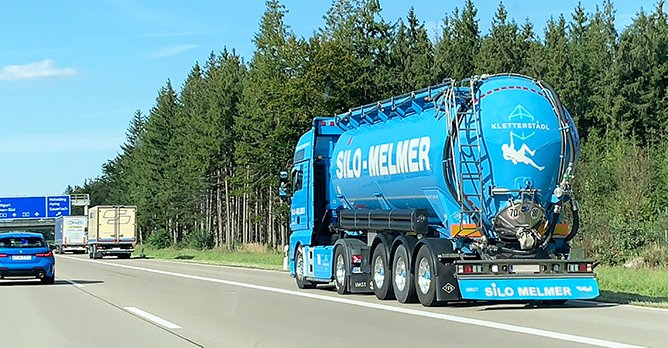
It isn't just dangerous, but also bad driving etiquette. On the autobahn, you'll be surprised to see that sometimes, vehicles use the road shoulder, too. Depending on traffic situations, digital signboards will indicate that vehicles can use the road shoulder.
This effectively means that an extra lane is made available, easing up traffic. We experienced this first hand. While we went through some construction zones on the autobahn, traffic was still smooth flowing.
4. Fast B-road driving? No problem
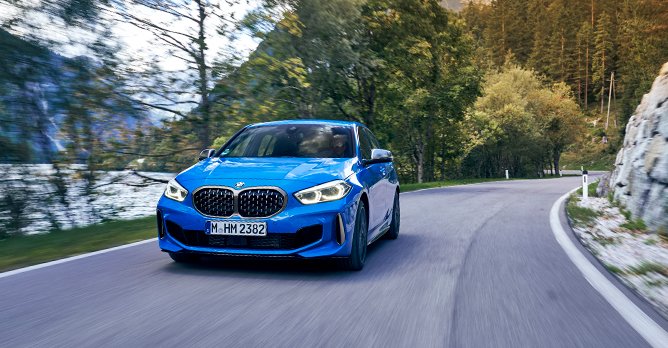
Instead, these roads come with 100km/h speed limit. Such a speed limit might sound a little bit extreme for you at me, and we'd probably not be doing anywhere close to the speed limit. But with the exception of heavy vehicles, almost everyone was doing close to 100km/h.
It certainly takes some skill to drive at such speeds, considering it costs up to $3,000 to learn how to drive in Germany - almost thrice the price of Singapore!
5. No customs, just cross the border
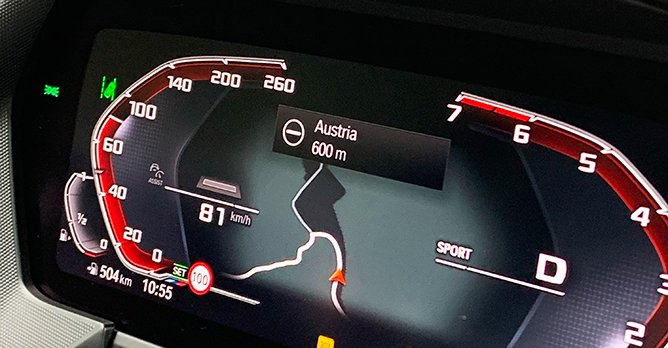
But the only indication that we had crossed the border was through the navigation system in the 1 Series. In fact, there was an instance we crossed the border four times, as the road we were on snaked in between the two countries.
Under what's called a Schengen Agreement, both countries have removed border controls since 1997.
6. Autobahns aren't just in Germany
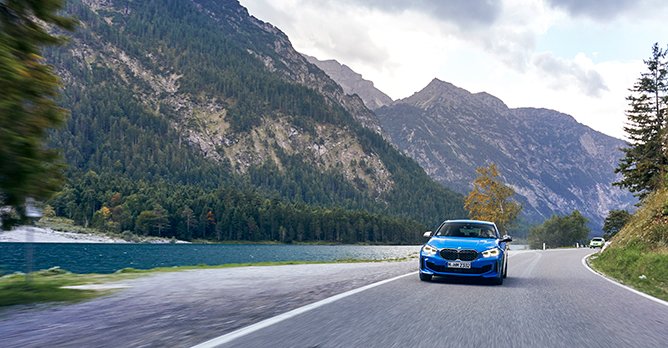
While they may have the same name, there is a big difference. In Austria, there isn't a single stretch of autobahn where there isn't a speed limit restriction.
The 130km/h speed limit on Austrian autobahns is more than adequate. But if you miss the signs that indicate that you've crossed the border, you might think you're still in unrestricted speed land.
As such, we found the road sign recognition system in the 1 Series a pretty useful feature to have.
But really, there is no reason to complain about lowered speed limits. The views that Tyrol offers is impressive enough that we found ourselves stopping ever so often to take it all in. Plus, if you're travelling from Germany behind the wheel of the hot-blooded M135i, there is more than enough time to experience pushing a car to its limit without any fear of a speeding ticket!
I thoroughly enjoy road trips and being behind the wheel driving long-distance. So the appeal of the autobahn and driving in Europe is one that many assume I have done many times.
Unfortunately, I have not. But when test driving the BMW 1 Series, we took it from Munich in Germany, to Tyrol in Austria. I had a pretty good opportunity to taste the open, unrestricted autobahn for a good amount of time, plus some roads that snake around the Alps.
And I learnt a thing or two about driving fast on the famed highway behind the wheel of BMW's all new hatchback. Here's some tips to survive a driving through the autobahn and B-roads in Germany and Austria.
1. Follow the speed limit

But speed limits can change very quickly. You can be maxing out at 250km/h (not a hard task for the M135i) for a few kilometres, but upon reaching busy intersections speeds can be reduced down to 80km/h.
Plus, speed limits can change during certain times of the day. This is indicated via electronic road signs. In all, there's no reason to break the speed limit in such areas, as there will be plenty of sections where you can do whatever speed you wish.
2. Keep right!

In Germany, it is understood that the left-most lane is only used for overtaking. This means that even if you're trying to break the sound barrier, you don't do it in the overtaking lane when other lanes are empty.
The overtaking lane isn't a righteous path for fast cars. It is a simple rule that everyone respects, and it makes driving long distances a painless and relaxing affair.
3. You can use the shoulder, too

It isn't just dangerous, but also bad driving etiquette. On the autobahn, you'll be surprised to see that sometimes, vehicles use the road shoulder, too. Depending on traffic situations, digital signboards will indicate that vehicles can use the road shoulder.
This effectively means that an extra lane is made available, easing up traffic. We experienced this first hand. While we went through some construction zones on the autobahn, traffic was still smooth flowing.
4. Fast B-road driving? No problem

Instead, these roads come with 100km/h speed limit. Such a speed limit might sound a little bit extreme for you at me, and we'd probably not be doing anywhere close to the speed limit. But with the exception of heavy vehicles, almost everyone was doing close to 100km/h.
It certainly takes some skill to drive at such speeds, considering it costs up to $3,000 to learn how to drive in Germany - almost thrice the price of Singapore!
5. No customs, just cross the border

But the only indication that we had crossed the border was through the navigation system in the 1 Series. In fact, there was an instance we crossed the border four times, as the road we were on snaked in between the two countries.
Under what's called a Schengen Agreement, both countries have removed border controls since 1997.
6. Autobahns aren't just in Germany

While they may have the same name, there is a big difference. In Austria, there isn't a single stretch of autobahn where there isn't a speed limit restriction.
The 130km/h speed limit on Austrian autobahns is more than adequate. But if you miss the signs that indicate that you've crossed the border, you might think you're still in unrestricted speed land.
As such, we found the road sign recognition system in the 1 Series a pretty useful feature to have.
But really, there is no reason to complain about lowered speed limits. The views that Tyrol offers is impressive enough that we found ourselves stopping ever so often to take it all in. Plus, if you're travelling from Germany behind the wheel of the hot-blooded M135i, there is more than enough time to experience pushing a car to its limit without any fear of a speeding ticket!
Thank You For Your Subscription.





























